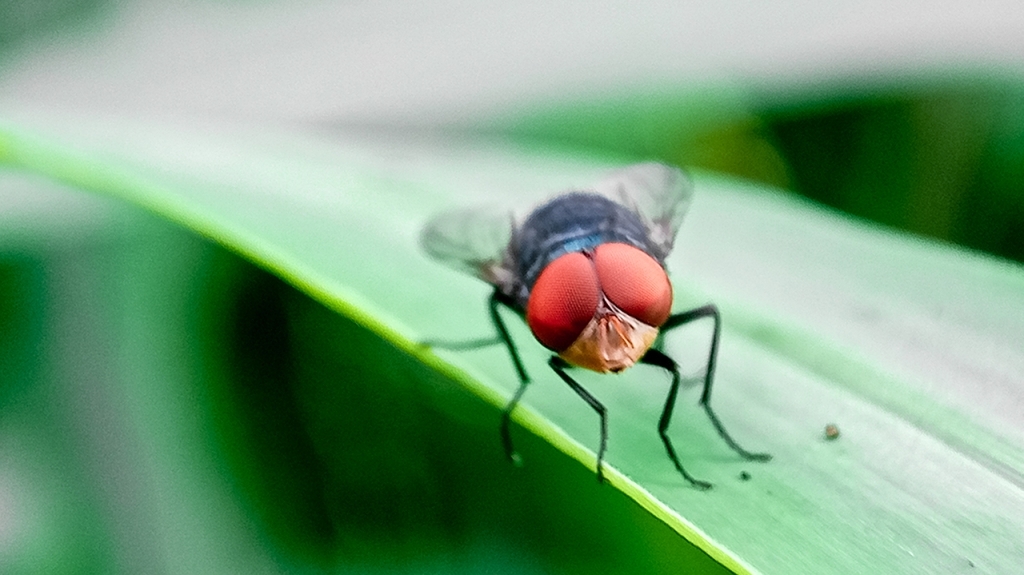Mexico’s National Service of Agro-Alimentary Health, Safety, and Quality (SENASICA) reported a new case of New World Screwworm (NWS) in Ixhuatlan de Madero, Veracruz in Mexico, which is approximately 160 miles northward of the current sterile fly dispersal grid, on the eastern side of the country and 370 miles south of the U.S./Mexico border. This new northward detection comes approximately two months after northern detections were reported in Oaxaca and Veracruz, less than 700 miles away from the U.S. border, which triggered the closure of our ports to Mexican cattle, bison, and horses on May 11, 2025.
While USDA announced a risk-based phased port re-opening strategy for cattle, bison, and equine from Mexico beginning as early as July 7, 2025, this newly reported NWS case raises significant concern about the previously reported information shared by Mexican officials and severely compromises the outlined port reopening schedule of five ports from July 7-September 15. Therefore, in order to protect American livestock and our nation’s food supply, Secretary Rollins has ordered the closure of livestock trade through southern ports of entry effective immediately.
“The United States has promised to be vigilant — and after detecting this new NWS case, we are pausing the planned port reopening’s to further quarantine and target this deadly pest in Mexico. We must see additional progress combatting NWS in Veracruz and other nearby Mexican states in order to reopen livestock ports along the Southern border,” said U.S. Secretary of Agriculture Brooke L. Rollins. “Thanks to the aggressive monitoring by USDA staff in the U.S. and in Mexico, we have been able to take quick and decisive action to respond to the spread of this deadly pest.”
National Cattlemen’s Beef Association CEO Colin Woodall commented, “Secretary Rollins has made significant gains holding Mexico accountable for their role in eradicating the New World screwworm. She successfully removed bureaucratic barriers to the screwworm sterile fly flights and increased surveillance in Mexico. Unfortunately, screwworm continues to move north through Mexico and it’s clear that the United States needs a sterile fly facility of our own here at home. We cannot wait any longer and we urge USDA to immediately begin work on a sterile fly facility,” Woodall added.
To ensure the protection of U.S. livestock herds, USDA is holding Mexico accountable by ensuring proactive measures are being taken to maintain a NWS free barrier. This is maintained with stringent animal movement controls, surveillance, trapping, and following the proven science to push the NWS barrier south in phases as quickly as possible.
In June, Secretary Rollins launched a Bold Plan to combat New World Screwworm by protecting our border at all costs, increasing eradication efforts in Mexico, and increasing readiness. USDA also announced the groundbreaking of a sterile fly dispersal facility in South Texas. This facility will provide a critical contingency capability to disperse sterile flies should a NWS detection be made in the southern United States.
Simultaneously, USDA is moving forward with the design process to build a domestic sterile fly production facility to ensure it has the resources to push NWS back to the Darien Gap. USDA is working on these efforts in lockstep with border states – Arizona, New Mexico, and Texas – as it will take a coordinated approach with federal, state, and local partners to keep this pest at bay and out of the U.S. USDA will continue to have personnel perform site visits throughout Mexico to ensure the Mexican government has adequate protocols and surveillance in place to combat this pest effectively and efficiently.
###
USDA/NCBA


